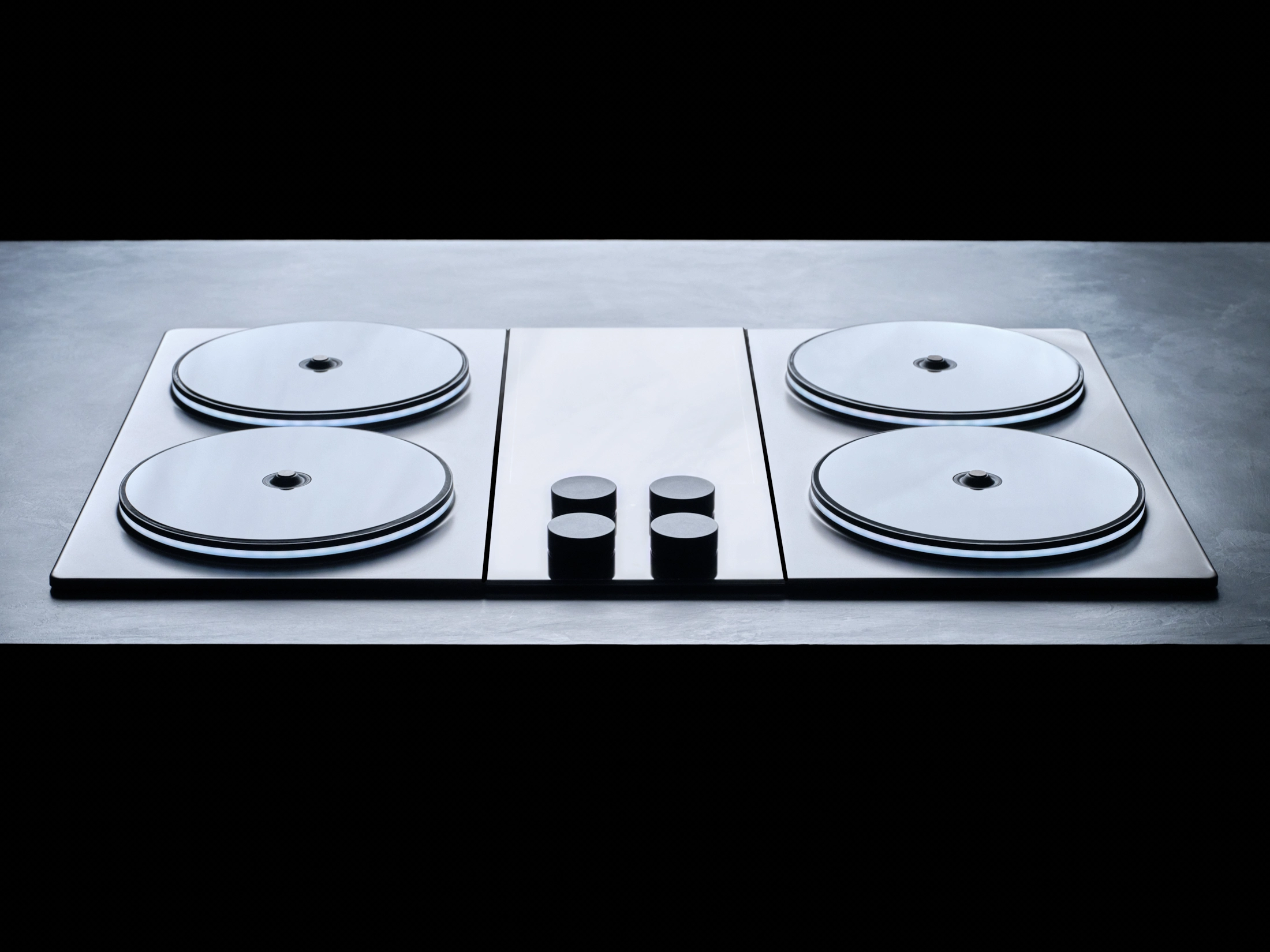Our battery completely changes that equation. Whether it’s hooked up to a 120V or 240V connection, our battery charges gradually while you’re not using it. Then, when you’re ready to cook, it can quickly release the power it’s stored up to achieve astoundingly high performance. We’re talking 72,000 BTU/h. Compare that to 18,000 for the best gas stoves.



As an additional (future) option, I love the idea of creating biochar, capturing the resulting syngas, and purifying the syngas for use as a plug-and-play alternative to propane compatible with their existing cookware.
I think this is sound from ecological and social standpoints. Propane is basically a byproduct of fossil fuel refinement, and as that goes away, so too, will propane, leaving behind a ton of wasted cookware etc. including the embodied carbon in its manufacture. By replacing the propane with another gas that’s a byproduct of sequestration rather than fossil emissions, we save the embodied carbon and financially incentivize sequestration, while the people with cultural attachments to gas cooking can continue on.
Syngas is wildly more poisonous than methane or propane. Going to have a tough time getting people to pipe that into their homes.
Hence why I said to purify it, and I only mentioned propane in the context of cooking, which is virtually if not always off-grid, so no piping.
Syngas is a mix of carbon monoxide and hydrogen. Purifying it doesn’t solve the major risks associated with having a lot of carbon monoxide around